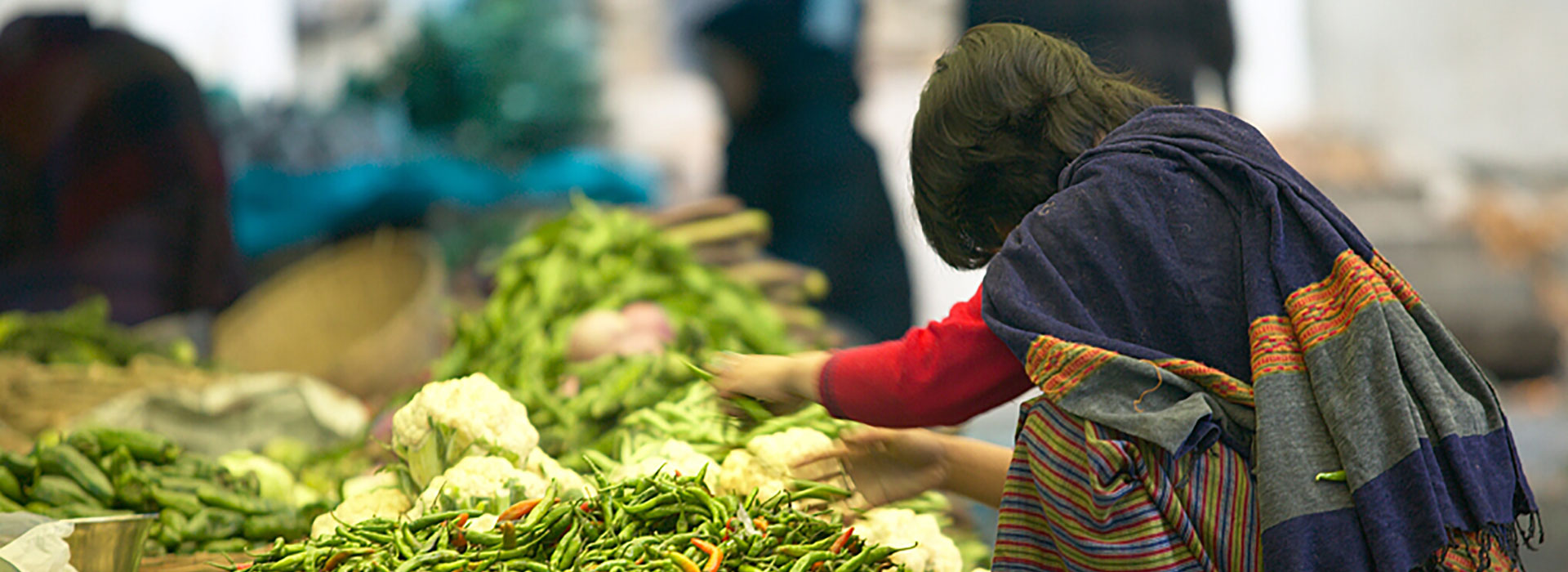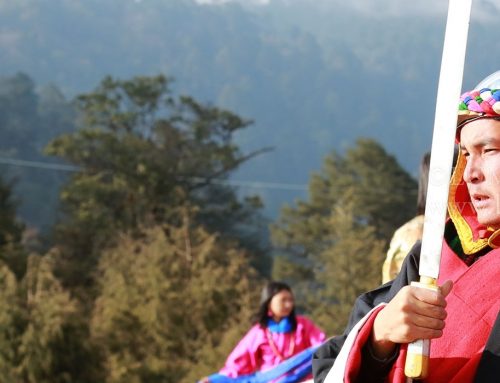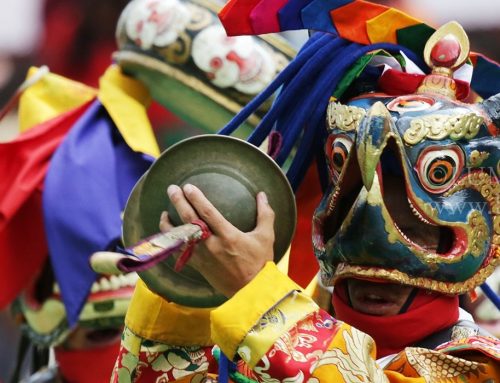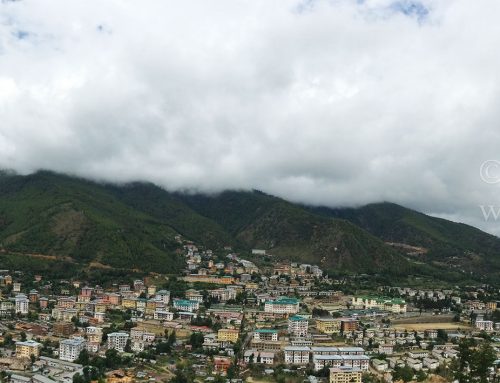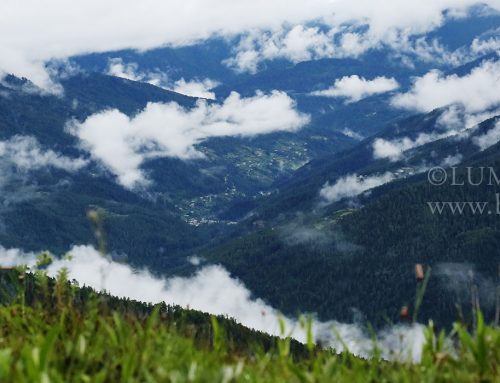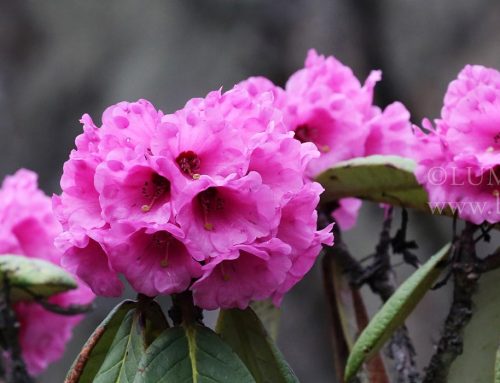Bhutan’s economy started to look beyond its borders only in the early 1960s. It was the time when Bhutan had its first five year development plan. Because of its self-imposed isolation for centuries the country’s economy remained small and traditional.
Still today the economy is more or less an agrarian. More than 75% of the total population depends on agriculture for their livelihood. And about 70% of the country’s labor force continues to be engaged in the agriculture sector.
The concept of modern economy is fairly new to Bhutan. It was only in the late 1980s that the government started to emphasize on the need to develop its private sector.
The private sector was then recognized as an engine of economic growth. Until then the economy was almost wholly state-run.
However, the economy is said to be growing really fast. Experts say that Bhutan’s economy is growing in a decade that other countries took about a century to achieve the same level of growth.
The scenario is a case of concern to the Bhutanese leadership. The leadership feels such a speedy economic development might entail cost in the future in the form of environment destruction, erosion of culture and other economic ills like a divide between the rich and poor.
That is why the government has adopted its development philosophy called Gross National Happiness. The development model has strong bearings on core values of egalitarianism. It claims that equity and justice should be the main result of economic growth.
The development philosophy recognizes the following four broad issues as its core pillars: Sustainable economic development, promotion and preservation of culture, conservation of environment, and good governance.
The economic activities, whatsoever, are discouraged to compromise the principles of above broad objectives.
The country’s private sector is still small and young. However, the sector’s growth has been slow and steady. A substantial percentage of labor force is being absorbed by the private sector.
Bhutan economy for the last several years has grown on an average at about 7.5% annually.
Indicating a transition from a traditional to a modern economy, the percentage contribution of the primary sector to the country’s Gross Domestic Product has been falling continuously. On the other hand, the secondary and tertiary sectors have been expanding quite fast.
Among the three sectors, the services sector has been a leading contributor to the overall economic growth.
Bhutan’s latest GDP stands at meager $ 1.2 billion.
As a mountainous country with abundant water resources Bhutan has a potential to generate 30,000MW of hydropower.
The major sources of income for the country are sale of electricity and tourism. And a substantial amount of development activities are funded by aids and grants from the development-partner countries.
Bhutan is seriously thinking of integrating its economy into the regional and global economies. The country is a member to a host of regional economic organizations and contemplating to join the World Trade Organization.
To ensure there is a guiding economic policy document, Bhutan in mid 2010 launched its first ever Economic Development Policy. The document is expected to be the economy’s road map. It seeks to steer the economy that will be within the parameters of Gross National Happiness philosophy.
Also, the government in 2010 revised the Foreign Direct Investment policy. The policy aims to attract foreign investments that will help develop businesses that could not take off because of lack of funds. And policy is quite liberal going to the extent of allowing land ownership to foreign investors.
Given a small population with limited natural resources, Bhutan seriously considers of making its economy a knowledge-based one. That is why unprecedented efforts are directed toward building world class educational, health and medical centers in the country.
The importance of research and development is felt today like never before. And several moves are made at the government and the private sector levels to collaborate with foreign economies in some critical development areas.
Bhutan strongly believes in a holistic economic development. Thus it has been very cautious in liberalizing its economy. The country considers rapid economic growth at the expense of its cultural and traditional values bad.
Toward this end, Bhutan has chosen Gross National Happiness as its economic development model. The country rejects the one-time profiting out of exploitation of its natural resources. This means Bhutan does not follow the GDP economic development principle.
The unique development philosophy attempts to strike a balance between material and spiritual wealth.
In most of the five-year plans the allocation of budget both in terms of current and capital is the highest in the social sectors – health and education.
Bhutan’s financial system is small which bears a strong correlation with its economic development level. The country has just four commercial banks and a dormant stock exchange. The two new commercial banks are not even a year old.
The scenario shows the country has not fully moved into a monetary economy. In a few pockets of Bhutan trade in goods for goods still exists.
The manufacturing base of the economy is still small. Main export goods are electricity, vegetable oil, fruits and some minerals. The export destinations are mainly the South Asian economies with India being the largest. And the country’s currency (Ngultrum) is pegged at par with that of Indian Currency (Rupee).
On the import front, including the essential consumer products and construction materials are brought mostly from India. However, Bhutan trades with dozens of other countries spanning as far as Europe and America.


